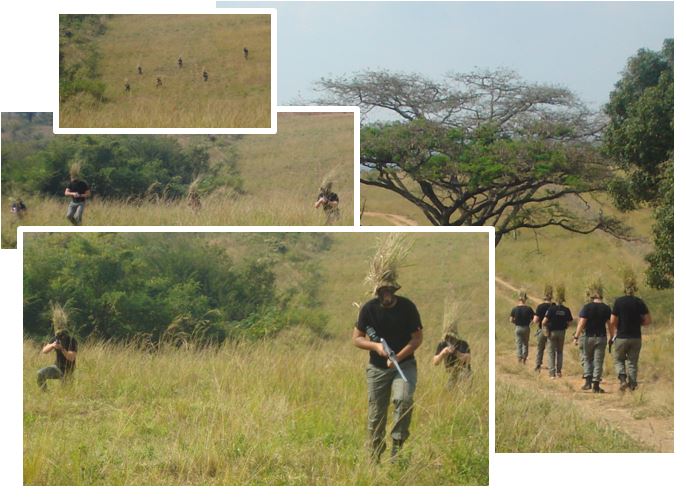Fire and Movement
Fire and Movement
Students at Milites Dei Academy participate in fire and movement exercises. They have to walk down a valley at the academy and then fire and move in formations up the hill.
The Swedish king Gustavus Adolphus was likely the first to use the tactic in wartime, in the Thirty Years’ War against his Habsburg opponents.
Fire and Movement became particularly important when more and more rifled muskets and breech-loading weapons, later followed by machine guns, were fielded on the battlefields of the 19th century. The increased accuracy, range and rate of fire translated into more firepower, allowing smaller units to operate more independently. This marked the transition from First to Second-generation warfare that saw the increasing application of Fire and Movement on the tactical level.
During the First Boer War, it was a standard Boer tactic, and contributed to a series of victories, culminating at the Battle of Majuba Hill.
According to Stephen Biddle, the effective use of fire and movement was the key to ending the stalemates on the lines of the Western Front during the final months of World War I. Since that time, he argues, mastery of fire and movement has been one of the central components of successful military tactics in modern land warfare.
Also see the Milites Dei Academy Facebook Page http://www.facebook.com/SPECIALIST.OPERATIVE


Facebook Comments